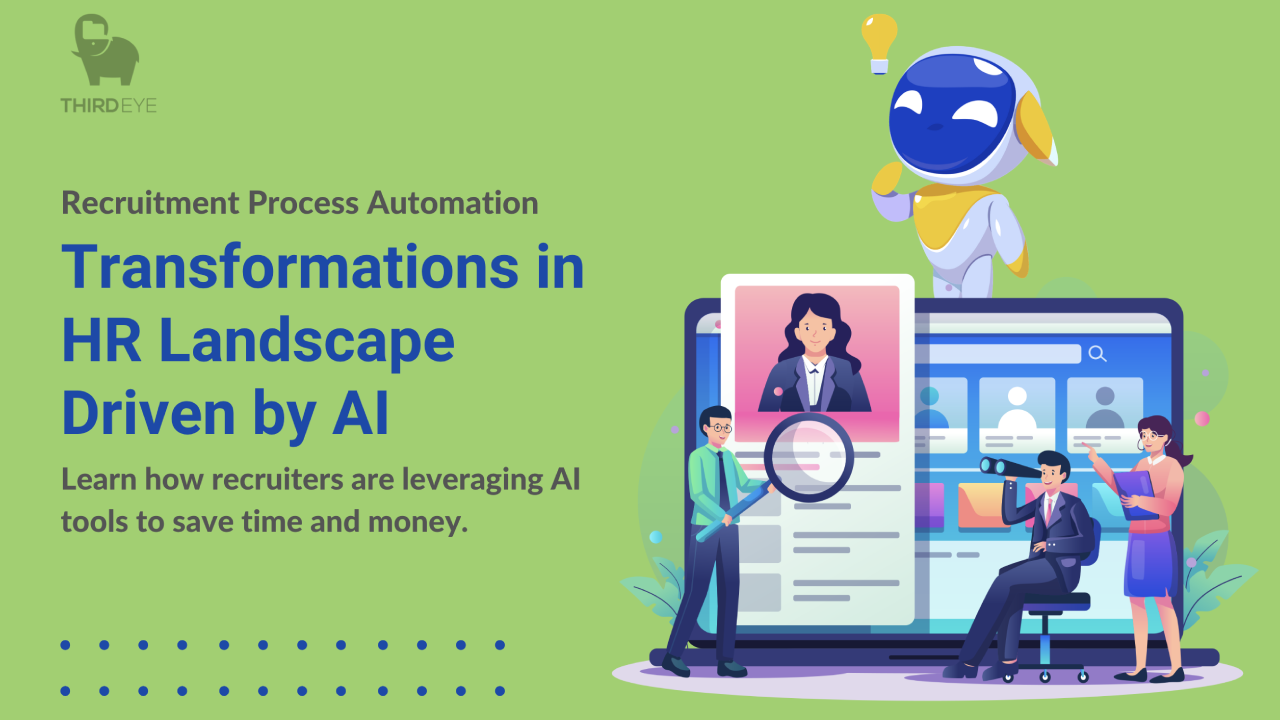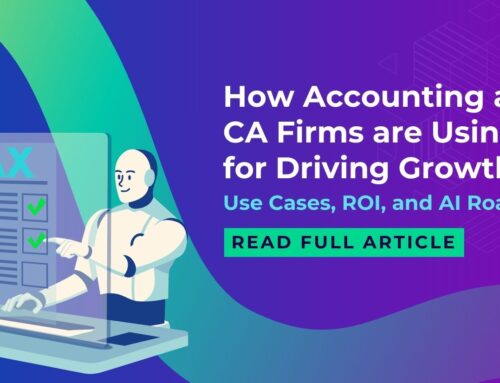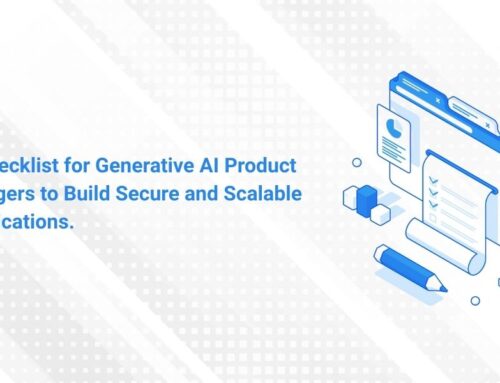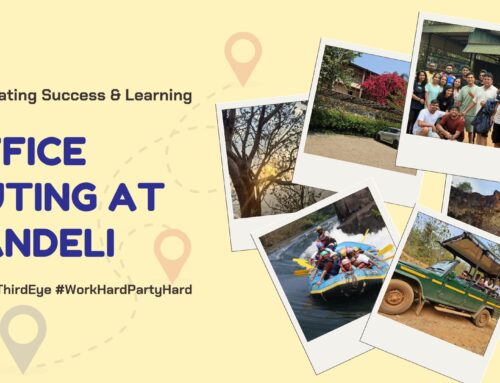Transformations in HR Landscape Driven by AI
Artificial intelligence (AI) is transforming practically every business, including recruitment. Recruiters can now improve their workflow, save time, and uncover top talent more quickly thanks to the rise of AI solutions. Finding the appropriate candidate for a position can be an exhausting and tedious task. With so many resumes to sift through, it can be overwhelming to keep up with the sheer volume of applications that come in. But with the help of AI tools, such as language models, the recruiting process can be streamlined and made more efficient.
AI-powered language models for recruitment automation:
One such AI tool that has been gaining popularity among recruiters is the use of language models like GPT-3.5-based models, which are designed to mimic human language and can be used to automate tasks such as resume screening, candidate outreach, and even interview scheduling.
Real Use Case Example:
To better illustrate the benefits of using AI in recruitment, let’s consider a real-world example. A large multinational corporation was struggling to sift through the thousands of resumes they received for every job opening. The HR team would spend countless hours manually reviewing resumes, leading to long hiring timelines and potentially missing out on qualified candidates.
To address this challenge, the company decided to incorporate AI tools into their recruitment process. By leveraging natural language processing (NLP) algorithms and machine learning models, the company was able to automate the resume screening process. The AI models were able to quickly identify relevant skills and experience, as well as flag any potential red flags, such as gaps in employment or frequent job changes.
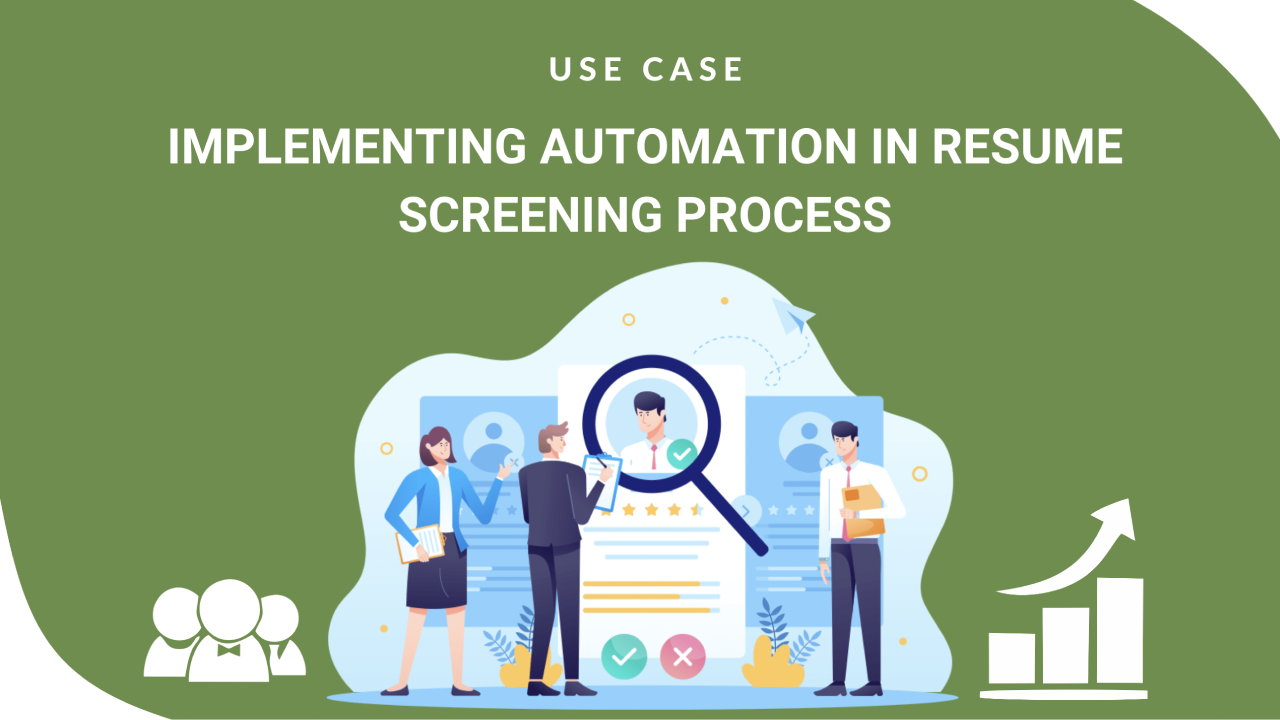
The result was a more efficient and streamlined recruitment process, with the HR team able to focus on higher-level tasks, such as candidate outreach and interviewing. Furthermore, the company was able to identify top candidates more quickly, leading to faster hiring timelines and a more positive candidate experience. This is just one example of how AI can transform the recruitment process and deliver real-world benefits to organizations of all sizes.
ThirdEye Vision :
At ThirdEye Data, we have been using these language models to great effect, saving us time and effort that we can now put towards other aspects of our recruitment process. With the help of these AI tools, we have been able to identify the best candidates faster and more efficiently, and have even been able to personalize our outreach to better connect with potential hires.
Alternative to language models:
- Language models aren’t the only AI tools available to recruiters, There are a variety of other AI-powered solutions that can help streamline the recruitment process, from chatbots that can answer candidate questions to predictive analytics tools that can help identify which candidates are most likely to succeed in a role.
- One such tool is Ideal, an AI-powered platform that uses predictive analytics to identify which candidates are most likely to succeed in a role based on factors such as job performance, cultural fit, and career progression. By using this tool, recruiters can focus their efforts on the candidates who are most likely to be a good fit for the role, rather than wasting time on candidates who may not be a good match.
- Another tool that can be particularly helpful for recruiters is HireVue, a video interviewing platform that uses AI to analyze candidate responses and provide insights into their personality traits and communication skills. With this tool, recruiters can get a more complete picture of a candidate before even meeting them in person, helping them make more informed hiring decisions.
Drawbacks:
However, it’s important to acknowledge the potential drawbacks of relying too heavily on AI in recruitment. Biases can be introduced if the algorithms are not properly designed and trained. Therefore, it’s important to use these tools in conjunction with traditional recruiting methods and to evaluate their effectiveness regularly, they can help recruiters save time, identify the best candidates, and make more informed hiring decisions.
Conclusion:
In conclusion, recruiters should consider incorporating AI tools into their recruitment process to save time and effort while identifying the best candidates. As the HR landscape continues to evolve, it’s important to stay up-to-date with the latest trends and technologies in the industry. To get started with AI in recruitment, recruiters can explore language models like GPT-3.5-based models, predictive analytics platforms like Ideal, and video interviewing tools like HireVue. However, it’s important to use these tools in conjunction with traditional recruiting methods and to regularly evaluate their effectiveness. Recruiters should also prioritize addressing potential biases that may arise from relying too heavily on AI. With these considerations in mind, AI can be a valuable tool for recruiters looking to streamline their workflow and find top talent. At ThirdEye Data, we have seen firsthand the benefits of these tools, and we encourage other recruiters to explore how AI can help them in their efforts to find top talent.


